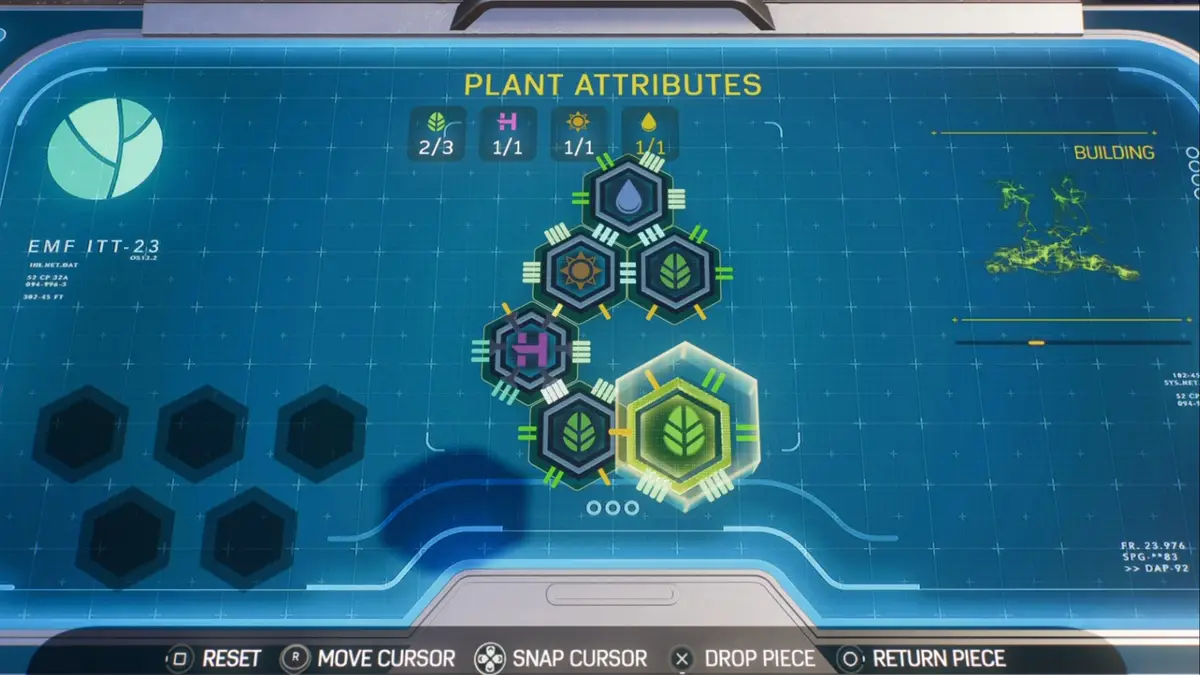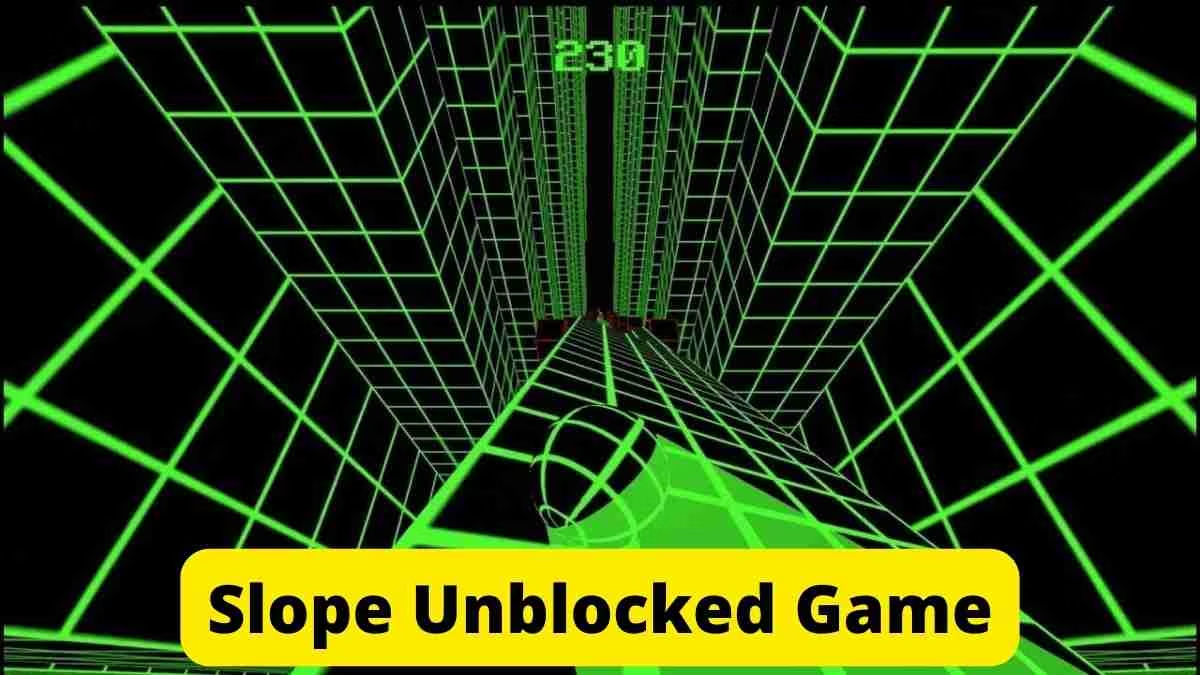Introduction:
Halo (2003) game icons banners have left an unforgettable mark on the gaming world, drawing players deeper into the adventure and immersing them in its iconic sci-fi universe. These graphics weren’t just art—they were key to the game’s unique style, helping players instantly recognize weapons, characters, and the game’s exciting story.
Back in 2003, Halo’s icons and banners set new standards for video game visuals. They guided players through missions, defined the atmosphere, and built a community of fans who loved creating fan art and sharing memories. Let’s look at why Halo (2003) game icons banners were so powerful and how they continue to inspire players and designers today.
The Evolution of Halo (2003) Game Icons & Banners
![]()
Halo (2003) game icons banners redefined how visuals could engage and guide players within a game. The game’s creators understood that icons and banners could do more than look appealing—they could immerse players into Halo’s unique world by providing visual cues and storytelling elements.
In 2003, gaming visuals were advancing, and Halo set the bar higher. The game icons represented weapons, shields, and characters, giving players quick information during action-packed gameplay. This efficient design allowed gamers to stay focused while navigating the intense Halo universe.
The banners added to the game’s rich atmosphere, contributing to its look and feel. They were strategically placed to communicate important elements, like mission objectives, loading screens, and menu sections. Together, these icons and banners made the game easy to navigate and visually engaging.
What Made Halo (2003) Game Icons Stand Out?
![]()
Halo (2003) game icons weren’t just symbols; they were carefully crafted to blend functionality with style. Each icon was distinct, making it easy for players to identify weapons, vehicles, and other elements instantly. This not only made the game easier to play but also made it enjoyable for a wider range of gamers.
The simplicity of these icons helped players understand gameplay without needing instructions. For example, weapon icons let players know exactly what they were equipped with, reducing the learning curve. Such thoughtful design helped create a seamless gaming experience that players could jump right into.
In addition, the consistent style of the icons helped players feel at home in the Halo universe. The futuristic and bold designs connected everything in the game, from the storyline to the characters, enhancing the players’ sense of belonging to Halo’s epic world.
How Halo (2003) Game Banners Added to Player Immersion
![]()
The Halo (2003) game banners were more than background art; they were designed to enhance player immersion. Placed strategically in various parts of the game, banners set the tone and mood, immersing players deeper into each mission’s story. This visual storytelling was a new approach in early 2000s gaming.
In the menus, banners made navigation feel like part of the journey. They used shades and colors to represent different areas of the game, such as campaign selections or multiplayer arenas. By adding visual depth, banners allowed players to feel like they were exploring the Halo world even outside missions.
Additionally, these banners helped build anticipation. Loading screens featured bold and vibrant banners, giving players a glimpse of the action that awaited them. This helped keep players engaged and excited, turning waiting times into moments of excitement for the next mission.
Design Secrets Behind Halo (2003) Game Icons & Banners
Designing the Halo (2003) game icons banners required a creative approach that balanced simplicity with a futuristic aesthetic. The game’s logo, a signature icon, combined elements of mystery and advanced technology, which fit perfectly with the sci-fi theme of Halo.
Each icon was designed to be practical, with clear symbols that made gameplay intuitive. The unique alien-inspired designs were striking but straightforward, making them easy to recognize without taking up too much space on the screen. This level of thoughtful design helped players stay focused on their missions without distraction.
Banners also shared this design philosophy, keeping a cohesive style throughout the game. Different shades represented various aspects, such as difficulty levels or types of gameplay, providing visual cues without overwhelming the player. This design approach played a big role in making Halo iconic among both fans and designers.
Why Halo (2003) Icons and Banners are Iconic for Fans

Over the years, Halo (2003) game icons banners have become symbols in the gaming community, loved by fans worldwide. They sparked a wave of fan art, cosplay, and custom designs, showing how much impact these visuals had on players’ memories of the game.
Fans saw these icons and banners as more than just game art; they represented the excitement and adventures they experienced in Halo. From customized t-shirts to posters, players have celebrated Halo’s visuals in countless creative ways, helping keep the game’s spirit alive.
Today, these elements remain part of Halo’s cultural legacy. The iconic designs continue to inspire new gamers, developers, and designers. Through the ongoing fandom, Halo’s game icons and banners are reminders of a game that changed the way players experience and appreciate video games.
Conclusion
The Halo (2003) game icons banners are more than just cool designs; they helped make Halo one of the most loved games ever. These visuals didn’t just guide players—they made every mission feel exciting and memorable. By using clear icons for weapons, characters, and vehicles, Halo kept players focused and involved in the story without needing extra instructions.
Even today, these icons and banners inspire fans and designers everywhere. They show how powerful simple visuals can be in building an unforgettable gaming experience. For many, Halo is more than a game—it’s a world filled with memories, and its icons and banners are a big part of that magic.







